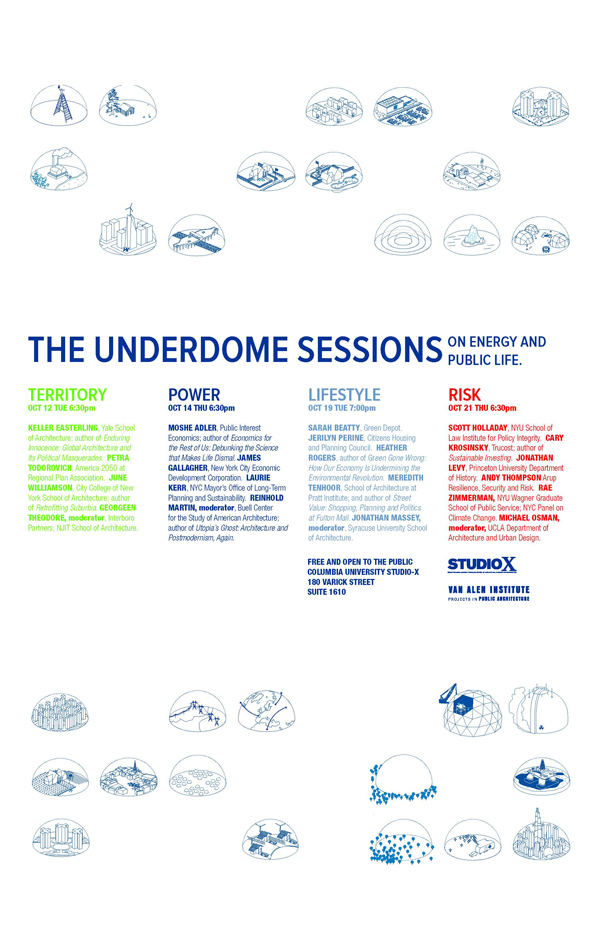-
Membership
Membership
Anyone with an interest in the history of the built environment is welcome to join the Society of Architectural Historians -
Conferences
Conferences
SAH Annual International Conferences bring members together for scholarly exchange and networking -
Publications
Publications
Through print and digital publications, SAH documents the history of the built environment and disseminates scholarshipLatest Issue:

-
Programs
Programs
SAH promotes meaningful engagement with the history of the built environment through its programsMember Programs
-
Jobs & Opportunities
Jobs & Opportunities
SAH provides resources, fellowships, and grants to help further your career and professional life -
Support
Support
We invite you to support the educational mission of SAH by making a gift, becoming a member, or volunteering -
About
About
SAH promotes the study, interpretation, and conservation of the built environment worldwide for the benefit of all
Energy histories from Buckminster Fuller to Tina Turner by Jonathan Massey
 Tonight is the first of the Underdome Sessions on energy and public life. This week and next, four interdisciplinary panels at Studio X in lower Manhattan explore the social and political dimensions of energy systems and their reform in the face of climate change. Mixing architecture with policy, history with futurology, and geodesics with other kinds of science fiction, the project points toward the growing body of architectural history research on energy and its biopolitics.
Tonight is the first of the Underdome Sessions on energy and public life. This week and next, four interdisciplinary panels at Studio X in lower Manhattan explore the social and political dimensions of energy systems and their reform in the face of climate change. Mixing architecture with policy, history with futurology, and geodesics with other kinds of science fiction, the project points toward the growing body of architectural history research on energy and its biopolitics.
These panels are organized by Erik Carver and Janette Kim as part of a New York Prize fellowship at the Van Alen Institute. They complement www.theunderdome.net , an architect's guide to competing energy agendas.
Tonight's discussion of "Territory" asks what urban and regional patterns might emerge from changes in energy production, distribution, and regulation. On Thursday, panelists addressing "Power" consider the kinds of agency available to governments, corporations, organizations, and individuals in the restructuring of energy performance. Next week's panel on "Lifestyle" examines the political economy of energy consumption in questions of taste, aesthetics, and culture. Turning to "Risk," the final discussion asks how we should deal with uncertainty in setting priorities for energy reform.
Along with economists, engineers, planners, policymakers, and advocates, the Underdome Sessions feature architects and architectural historians--among them Keller Easterling, Reinhold Martin, Michael Osman, Meredith TenHoor, Georgeen Theodore, June Williamson, and me. The project takes cues from the architectural history of energy reform, in particular the dome over Manhattan imagined fifty years ago by Buckminster Fuller and Shoji Sadao.
For Carver and Kim, this unbuilt dome symbolizes the ways that energy management systems actually constitute architectures of civil society as they distribute investment and construct social spaces "underneath a more familiar cityscape." Inverting Fuller and Sadao's utopian figure so that it rhymes with Thunderdome, the gladiatorial cage at the heart of methane-fueled Bartertown in the third Mad Max movie, Carver and Kim hope to provoke combative debates about the energy regimes that undergird our lives. In project graphics, the hemispherical dome becomes a snowglobe encompassing alternative scenarios for architecture and urban life.
Fuller and Sadao mingling with Master Blaster and Tina Turner--it's a heady mix. What do you bring to the Underdome? For just as architectural history informs contemporary policy debates, current concerns feed back into historical research. In the case of the panelists, this includes inquiries into suburbia, public housing, office buildings, resorts and retail chains, food markets, cold storage warehouses, Fuller domes, and more.
I'm sure SAH members and our colleagues are working on a wide range of topics that address the biopolitics of energy. Tell us about the energy histories you are writing and reading.
--Jonathan Massey 


Leave a commentOrder by
Newest on top Oldest on top